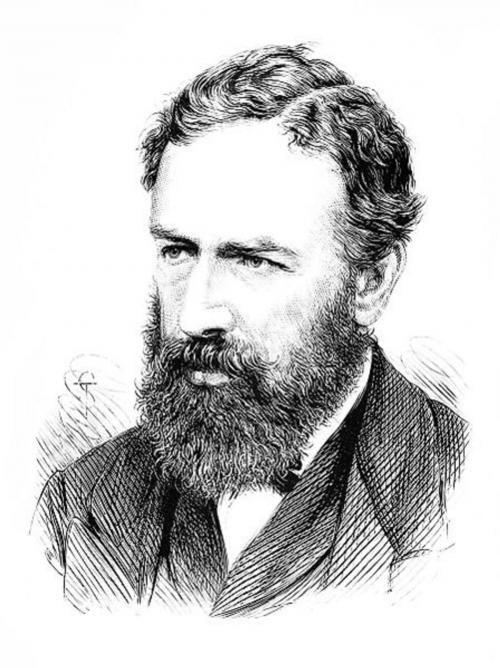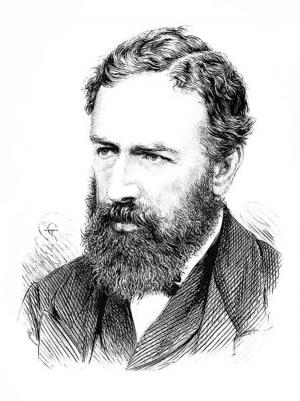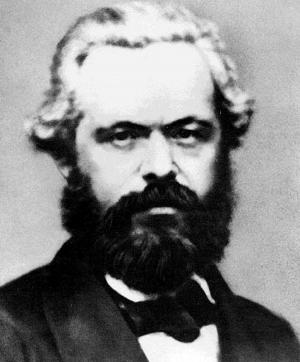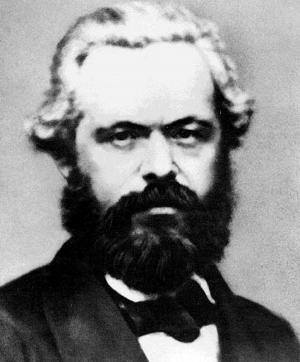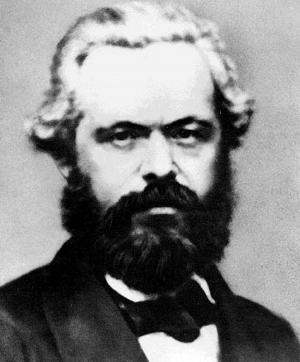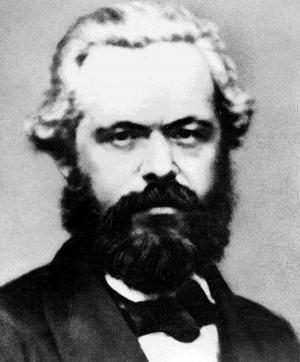Money and the Mechanism of Exchange (Illustrated)
Business & Finance, Economics, Macroeconomics, Theory of Economics| Author: | William Jevons, Timeless Books | ISBN: | 1230000306674 |
| Publisher: | www.WealthOfNation.com | Publication: | February 24, 2015 |
| Imprint: | Language: | English |
| Author: | William Jevons, Timeless Books |
| ISBN: | 1230000306674 |
| Publisher: | www.WealthOfNation.com |
| Publication: | February 24, 2015 |
| Imprint: | |
| Language: | English |
The book has an active table of contents for easy access to each chapter as the follows:
1. Chapter I: Barter
2. Chapter II: Exchange
3. Chapter III: The Functions of Money
4. Chapter IV: Early History of Money
5. Chapter V: Qualities of the Material of Money
6. Chapter VI: The Metals As Money
7. Chapter VII: Coins
8. Chapter VIII: The Principles of Circulation
9. Chapter IX: Systems of Metallic Money
10. Chapter X: The English System of Metallic Currency
11. Chapter XI: Fractional Currency
12. Chapter XII: The Battle of the Standards
13. Chapter XIII: Technical Matters Relating to Coinage
14. Chapter XIV: International Money
15. Chapter XV: The Mechanism of Exchange
16. Chapter XVI: Representative Money
17. Chapter XVII: The Nature and Varieties of Promissory Notes
18. Chapter XVIII: Methods of Regulating a Paper Currency
19. Chapter XIX: Credit Documents
20. Chapter XX: Book Credit and the Banking System
21. Chapter XXI: The Clearing-house System
22. Chapter XXII: The Cheque Bank
23. Chapter XXIII: Foreign Bills of Exchange
24. Chapter XXIV: The Bank of England and the Money Market
25. Chapter XXV: A Tabular Standard of Value
26. Chapter XXVI: The Quantity of Money Needed By a Nation
27. Conclusion.
William Stanley Jevons was an English economist and logician in the row with the greatest thinkers Bertrand Russell, Gottlob Frege, Karl Popper, John Stuart Mill, Irving Fisher, Carl Menger, and Alfred Marshall. Their thoughts had strong influence on the investment style of George Soros and his endeavor of Open Society Foundations.
William Jevons’ important contribution to monetary and financial theory of economics is his book Money and the Mechanism of Exchange in 1875. In this book he argued, explained, and answered essential elements of a modern monetary system in a popular and descriptive style. Milton Friedman praised Jevons’ contrition to the modern economics as important as Adam Smith, David Ricardo, and Alfred Marshall.
Irving Fisher also praised Jevons’ book A General Mathematical Theory of Political Economy in 1862 as the start of the mathematical method in economics.
William Jevons' work of the utility theory along with similar discoveries made by Carl Menger in 1871 marked the opening of a new period in the history of economic thought.
William Jevons’ work Money and the Mechanism of Exchange in 1875 called out the important concept of international money that set up the foundational work for John Keynes’ work and US to establish IMF and the World Bank.
William Jevon’s also invented the logic piano and a mechanical computer that was a pioneer work for modern computer.
William Jevons also proposed the unique approach and framework of "Commercial Crises and Sun-Spots" to analyze business cycles that crises in the economy might not be random events, but might be based on discernible prior causes.
The influence of Money and the Mechanism of Exchange in 1875 has been felt today especially when currency war is a popular headline across the major nations since 2008 great financial crisis.
The reasoning by William Jevons still remains as relevant today as it was then. This book is one of the most important ones about the deepest thoughts of monetary and financial subjects and basic elements of a currency war by William Jevons, one of the greatest thinkers of modern economics and logic on the planet.
The book has an active table of contents for easy access to each chapter as the follows:
1. Chapter I: Barter
2. Chapter II: Exchange
3. Chapter III: The Functions of Money
4. Chapter IV: Early History of Money
5. Chapter V: Qualities of the Material of Money
6. Chapter VI: The Metals As Money
7. Chapter VII: Coins
8. Chapter VIII: The Principles of Circulation
9. Chapter IX: Systems of Metallic Money
10. Chapter X: The English System of Metallic Currency
11. Chapter XI: Fractional Currency
12. Chapter XII: The Battle of the Standards
13. Chapter XIII: Technical Matters Relating to Coinage
14. Chapter XIV: International Money
15. Chapter XV: The Mechanism of Exchange
16. Chapter XVI: Representative Money
17. Chapter XVII: The Nature and Varieties of Promissory Notes
18. Chapter XVIII: Methods of Regulating a Paper Currency
19. Chapter XIX: Credit Documents
20. Chapter XX: Book Credit and the Banking System
21. Chapter XXI: The Clearing-house System
22. Chapter XXII: The Cheque Bank
23. Chapter XXIII: Foreign Bills of Exchange
24. Chapter XXIV: The Bank of England and the Money Market
25. Chapter XXV: A Tabular Standard of Value
26. Chapter XXVI: The Quantity of Money Needed By a Nation
27. Conclusion.
William Stanley Jevons was an English economist and logician in the row with the greatest thinkers Bertrand Russell, Gottlob Frege, Karl Popper, John Stuart Mill, Irving Fisher, Carl Menger, and Alfred Marshall. Their thoughts had strong influence on the investment style of George Soros and his endeavor of Open Society Foundations.
William Jevons’ important contribution to monetary and financial theory of economics is his book Money and the Mechanism of Exchange in 1875. In this book he argued, explained, and answered essential elements of a modern monetary system in a popular and descriptive style. Milton Friedman praised Jevons’ contrition to the modern economics as important as Adam Smith, David Ricardo, and Alfred Marshall.
Irving Fisher also praised Jevons’ book A General Mathematical Theory of Political Economy in 1862 as the start of the mathematical method in economics.
William Jevons' work of the utility theory along with similar discoveries made by Carl Menger in 1871 marked the opening of a new period in the history of economic thought.
William Jevons’ work Money and the Mechanism of Exchange in 1875 called out the important concept of international money that set up the foundational work for John Keynes’ work and US to establish IMF and the World Bank.
William Jevon’s also invented the logic piano and a mechanical computer that was a pioneer work for modern computer.
William Jevons also proposed the unique approach and framework of "Commercial Crises and Sun-Spots" to analyze business cycles that crises in the economy might not be random events, but might be based on discernible prior causes.
The influence of Money and the Mechanism of Exchange in 1875 has been felt today especially when currency war is a popular headline across the major nations since 2008 great financial crisis.
The reasoning by William Jevons still remains as relevant today as it was then. This book is one of the most important ones about the deepest thoughts of monetary and financial subjects and basic elements of a currency war by William Jevons, one of the greatest thinkers of modern economics and logic on the planet.
